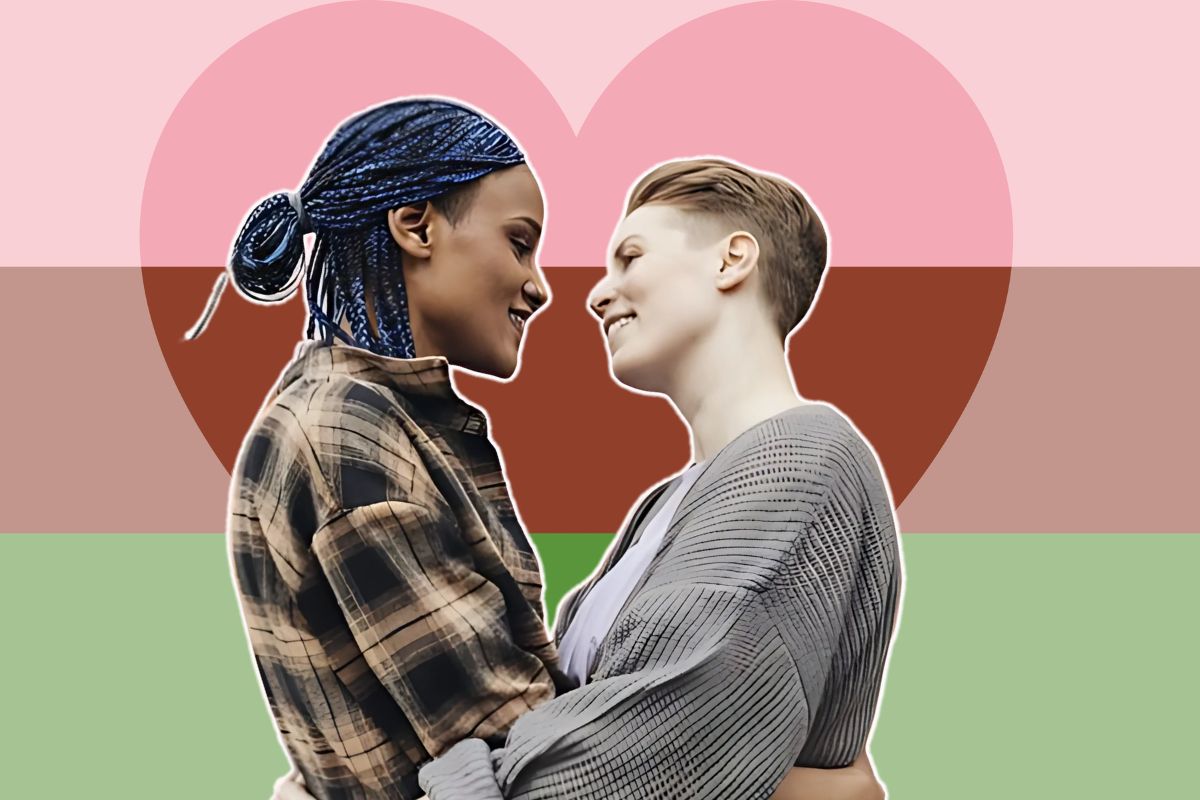
What is Gynesexual ? What It Is and Who It Includes
In the larger picture of human sexuality, the word “gynesexual” (or gynepholic) has been employed to describe a particular orientation. While most are familiar with more commonly discussed sexual orientations such as heterosexuality, homosexuality, and bisexuality, gynesexuality is a more nuanced image of attraction and identity. Gynesexuality is an attraction to femininity or females regardless of the gyneephile’s gender identification. This book attempts to explain the complexity, specificity, and experiences surrounding gynesexuality.
Table of Contents
Specifying Gynesexuality –
From the Greek word “gyne,” which signifies woman, gynesexuality is combined with the term “sexuality,” which speaks to sexual desire. Consequently, gynesexual people are attracted sexually mostly to women or those showing femininity. This spans transgender women, non-binary people presenting femininely, and those clearly expressing feminine traits in addition to cisgender women.
Multiple Gender Identities And Gynexuality
One of the unique features of gynesexuality is the transcension of conventional gender boundaries. Gynesexual individuals can identify with male, female, non-binary, genderqueer, or any other gender. They meet because of their attraction to feminine characteristics or those who identify as women. Such openness highlights the fluid nature of sexual orientation and the diversity of human experiences of attraction.
Gynesexuality – Different Orientations
Comparative study of gynesexuality with other sexual orientations makes one understand it better:
- Heterosexuality is being attracted to individuals of the opposite gender.
- Homosexuality is attraction towards other individuals of the same gender.
- Bisexuality is attractive to both men and women.
- Pansexuality is the attraction to people regardless of their gender.
While the gender of the individuals involved typically determines these orientations, gynesexuality is unique in its focus on femininity as the primary source of attraction, which can be outside of traditional gender roles.
Challenges And Misconceptions
Like many less well-known sexual orientations, gynesexuality is sometimes misinterpreted or misstated. Typical misinterpretations include:
- Unlike Gender Identity: Some would be misled to believe that gynesexuality is more of a gender identity than a sexual orientation. One should strictly differentiate the two.
- Gynesexual individuals may be perceived as simply fetishizing women or face assumptions about feminism. Such a narrow vision undermines the genuineness and depth of their encounters.
- Lack of Awareness: Gynesexuality can be unknown due to its quite specialized nature, which would lead to isolation among individuals who are gynesexual.
Negotiating Relationships as a Gynesual Individual
For gynesexual individuals, establishing and maintaining relationships could present specific challenges. The main factors are:
- As with any relationship, effective communication is essential. Gynesexual individuals need to feel comfortable discussing their orientation with potential partners in hopes of helping them become more open-minded and understanding.
- Joining LGBTQ+ groups and support networks provides invaluable opportunities for bonding and solidarity with fellow individuals with similar experiences.
- Embracing one’s gynesexuality involves self-knowledge and willingness to explore one’s wants without shame or guilt. An enjoyable relational life hinges on personal growth and self-knowledge.
Visibility and Representation
Acceptance and understanding of most sexual orientations rely heavily on visibility. Normalizing gynesexuality and creating spaces in which gynesexual individuals can see themselves represented rely heavily on media representation and lobbying efforts. Through experience and narrative sharing, the gynesexual community can challenge assumptions and promote diversity.
Ultimately, Embracing Gynesexuality
One of the multifaceted and diverse facets of human sexuality is gynesexuality. Gynesexuality requires understanding the fluidity of desire and going beyond traditional binarisms. We can perhaps promote greater acceptance and tolerance within our culture by valuing the specific experiences and challenges gynesexual individuals have.
Increasing awareness of gynesexuality demands spaces in which individuals can be themselves without fear of judgment. Facilitating open communication and empathy will enable us to value the diversity of human experience and ensure that all individuals, irrespective of sexual orientation, are seen, loved, and respected.
Key Takeaways:
- Outside of traditional gender categories, gynesexuality is an attraction to femininity or individuals who present as female.
- It may include those attracted to feminine aspects of various gender identities.
- Some of the challenges are ignorance, stereotypes, and misunderstanding.
- Open communication, engagement with supportive networks, and self-acceptance navigate relationships.
- Visibility and representation rely heavily on acceptance and understanding.
Keep in mind that everyone has the right to love and be loved honestly; gynesexuality is an acceptable and beautiful means of one expressing human attraction.
February 21, 2025
















